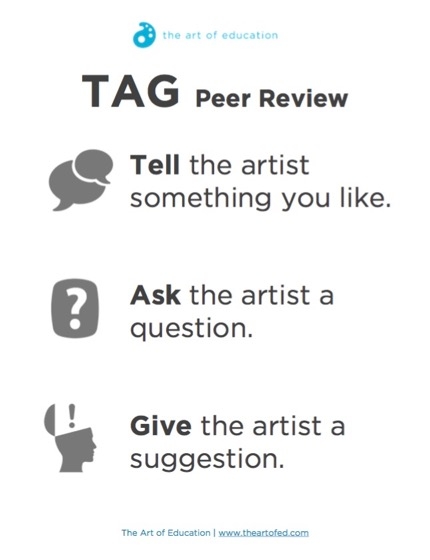Critiques
"It's better to be looked over than overlooked!" ~Mae West
Class and A-Team critiques
Critiques (AKA crits) are the best way to articulate your ideas to others and get immediate feedback. During the crit, the professor and your classmates analyze and suggest ways to increase the aural, visual, and conceptual impact of your gathering(s).
At its core a critique is simple:
What is working?
What is not working?
How can the project be improved?
Why are critiques important and useful? They help students to:
improve and move their projects forward.
get unstuck.
get exposed to other ideas and possibilities from others.
Rules of the critique (four are taken from The Four Agreements by Don Miguel Ruiz):
Be present and engaged.
Give feedback to your classmates.
Do your best.
Do not make assumptions. Ask questions.
Critique the work, not the creator.
Do NOT take feedback personally. Remember critiques are about your work, not you. They are about making your work better.
Be impeccable with your word. Don’t just give a value judgment like “good” or “bad.” Give constructive feedback. Be specific and say why.
Think about the utility of your feedback. Positive feedback isn’t helpful or useful to the creator if it's only one descriptive word. What does "good" or "bad" actually mean? How can you use either to move your gathering forward? You can't. Specificity is key.
Have notes taken during the critique:
Have at least a member(s) of your accountability group or another classmate take notes for you when your gathering(s) is being critiqued and do not edit the responses, whether you agree with them or not.
Review your crit notes and reflect upon what was said. Ask yourself how you could combine, transform, or expand the ideas that show the most promise. However, resist the temptation to incorporate all suggestions and comments. Only utilize the ones that work for you and your gathering.
Review your crit notes and reflect upon what was said.
Ask yourself how you could combine, transform, or expand the ideas that show the most promise.
However, resist the temptation to incorporate all suggestions and comments. Only utilize the ones that work for you and your project.
There are several models of critique. Here are a few.
Last updated
